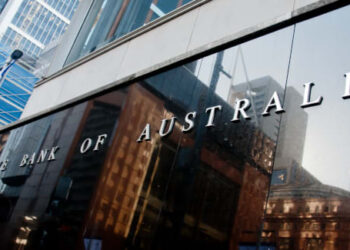The Association of Superannuation Funds of Australia (ASFA) has voiced its support for Labor’s plan to reduce the tax concessions available to individuals with high super balances.
But in response to draft legislation put up for consultation by the government earlier this month, ASFA described the method used to calculate earnings as being “unorthodox”.
Under the proposed Division 296 tax, the tax rate on earnings from total super balances (TSB) above $3 million will double to 30 per cent. Controversially, unrealised capital gains are set to be included in the calculation of “earnings” put forward by the government.
“This is an unorthodox approach, in the context of Australian taxation arrangements, and one that should not set a precedent for the taxation of superannuation or personal income tax more broadly,” ASFA said in its submission.
“However, ASFA accepts the rationale for use of this simplified, proxy calculation is to minimise the potential compliance burden and cost that might be incurred – and passed through to individual superannuants – if all funds are required to determine, attribute and report, at the individual level, a more precise calculation of ‘earnings’ for Division 296 purposes.”
ASFA stressed that the cost-effective and efficient administration of the Division 296 tax across the industry should be “of paramount importance”.
“We acknowledge that any model that prioritises simplicity involves some difficult compromises,” it added.
To avoid a cost burden being imposed on funds which would indirectly be borne by members whose TSBs sit below the $3 million threshold, the association said that new tax should be administered as efficiently as possible.
ASFA noted that the draft legislation means that several key details of the tax are still to be specified in regulations. It argued that consultation on the valuation methodology for “TSB value” and other regulations should take place as soon as possible.
“Given the adoption of this ‘TSB value’ concept, and the scope of detail that is to be prescribed by regulation, the full impacts of the Division 296 tax for many superannuation funds and individuals cannot be ascertained from the draft legislation currently under consultation,” the association said.
“ASFA urges Treasury to release the draft regulations for consultation as soon as possible. Without this detail, it is not possible for stakeholders to assess the totality of the legislative regime for the Division 296 tax. It is important that the draft regulations are made available before the enabling legislation is considered by Parliament.”
ASFA also called for a post-implementation review of the tax, to be undertaken within two years of its introduction, and a period review of the $3 million at least every five years.
“Without adjustment of the threshold over the time, an increasing number of individuals will become subject to Division 296 tax. It is, in ASFA’s view, important to ensure the tax remains appropriately targeted only at higher superannuation balances,” it said.
The association also used its submission to urge for further reforms in order to improve equity in Australia’s super system.
“ASFA believes equity should be further improved through measures that might more directly target those with lower incomes and/or balances,” ASFA said.
“As outlined in ASFA submissions over many years, this should include extending Superannuation Guarantee obligations to paid parental leave and improving eligibility for the Low Income Superannuation Tax Offset.”
Meanwhile, Chartered Accountants Australia and New Zealand (CA ANZ), which previously described the changes as a “large attack” on a relatively small number of individuals, maintained its opposition to the $3 million super tax in its submission.
“On balance, CA ANZ does not support the policy measure contained in the exposure draft for a large number of reasons,” the accounting association said.
Among these reasons are the “complex design” of the proposed policy, which CA ANZ argued will add “considerable cost” to administer the whole super system.
The association also reiterated its opposition to the taxation of unrealised gains. CA ANZ questioned how much revenue will be raised from the new policy and put forward a number of other solutions for the government to consider.
These alternative solutions include imposing an additional 15 per cent tax on all taxable component withdrawals for those with a TSB above $3 million and forcing individuals with a TSB above a certain threshold, such as $10 million, to withdraw their funds.







